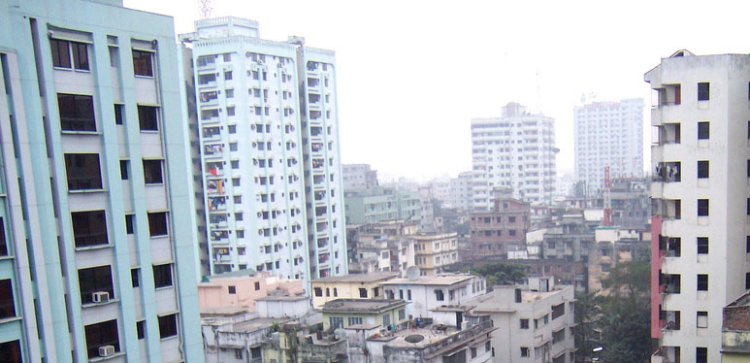1. What does Bangladesh labour law looks like currently?
The government has failed to enforce the laws it has on the books. This is not merely a question of a lack of capacity, but also reflects a deep-rooted anti-union bias, in part due to the enormous influence that the garment industry (and others) has over the government. The labour law was amended in 2006, but still has several serious deficiencies, including the wholesale exclusion of many classes of workers, high thresholds on the minimum number required to form a union, restrictions on the right to choose their own leaders, restrictions on collective bargaining and several on the right to strike.
The ILO annual report on Bangladesh runs for several pages, cataloguing numerous deficiencies in law and in practice. The tens of thousands of workers employed in export processing zones have no right to form a union (only associations) and are by law barred from talking to unions outside of the zones. Workers are fired for trade union activity with near complete impunity.
2. What are the most urgent changes to the labour law that you would like to see?
The unions in Bangladesh have indicated several priorities, which include measures that would no longer require the government to hand over a list of the names of the union founders to the employer (who then fires all of them with impunity), the ability to elect officers outside of the enterprise (who have experience in bargaining) and to lower the threshold requirement for forming a union (now 30%), which is quite high. At the same time, the law currently excludes many workers from its coverage, and the unions want to see the law apply to all workers. They have indicated several other priorities related to strikes, termination, benefits, etc.
3. Can the law prevent accidents like the one a few weeks ago from happening?
Anyone who has worked in Bangladesh has known that garment factories are extremely dangerous places to work, as many are fitted with cheap wiring that can lead to fires or are built without solid foundations, leading to collapses. The companies have an obligation to keep the workplace safe, but have failed to do so. Near non-existent inspections have meant that companies have been able to operate without doing anything. After past fires, the industry would make promises and not follow through. However, after the Tazreen fire in 2012, which provoked international outrage, a national plan on fire safety was developed. It is too soon to judge whether this plan will have a meaningful impact.
What would have helped are strong unions that could have demanded that workers not work in deathtraps and that workers could remove themselves from danger when it arose. The recent deaths in the garment sector are a direct result of the refusal of the government to register unions and the industry to recognize and negotiate with them. So yes, new safety laws can help if they are enforced. But equally important is the enforcement of laws permitting trade unions to form and operate.
4. Has Bangladesh ratified the ILO core conventions?
Yes, Bangladesh has ratified 7 of the 8 core conventions, including Convention 87 on freedom of association and Convention 98 on collective bargaining. The problem is not ratifying conventions, but rather transposing those conventions into national law and then enforcing those laws effectively.
5. What does the new Fire & Safety agreement bring to the table?
The Global Unions - IndustriALL and UNI - made history in reaching an agreement with more than 30 garment brands, mostly European, on a comprehensive agreement on fire and building safety. It requires inspections by competent, independent experts, requires companies to remediate violations when they are detected and creates a worker complaints process. The agreement will be managed by a steering committee, which will include trade union representation. The agreement also has important language on transparency, which makes public lists of factories and inspection reports.
6. What responsibility do the clothing brands have?
Some of the problems we see in Bangladesh are the direct result of the sourcing practices of garment brands, which demand orders be filled quickly and at the lowest possible price. The thin margins put tremendous pressure on manufacturing companies in Bangladesh to cut costs, leading to extremely low and at times unpaid wages and utter neglect for health and safety. The fast turn-around leads to excessive hours of work, with overtime typically unpaid. The situation is even worse at the level of subcontractors. The brands of course know this but have not changed their practices, nor have taken serious steps, until now, to address the safety issues. The garment industry needs to re-think its model.
7. Corporate social audits were long seen as a solution to worker rights issues in Bangladesh and elsewhere. What now?
The recent disasters in Bangladesh and Pakistan (and elsewhere) really have exposed these programs as bankrupt. Indeed, some of the factories in the Rana Complex had been recently certified by BSIC, but they explained that they did not check for building safety during their inspections. These inspections were always too methodologically flawed to find any but the most obvious violations. And in some cases, not even those. And, companies rarely made sourcing decisions based on these reports. As a result, the only ones benefitting from the social auditing were the auditors themselves, which made millions providing flawed reports that the companies often disregarded. The auditing industry needs a fundamental rethink.


